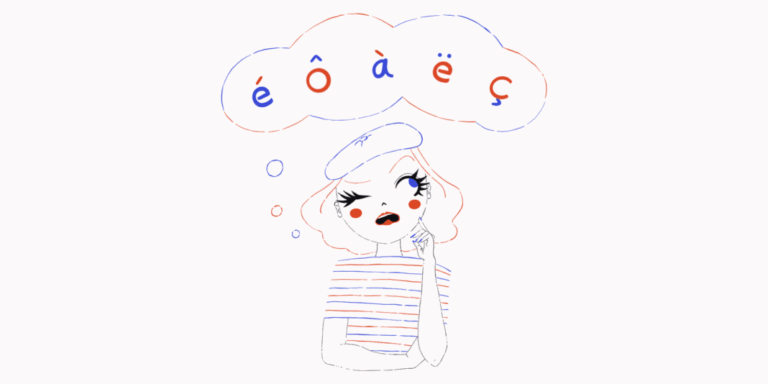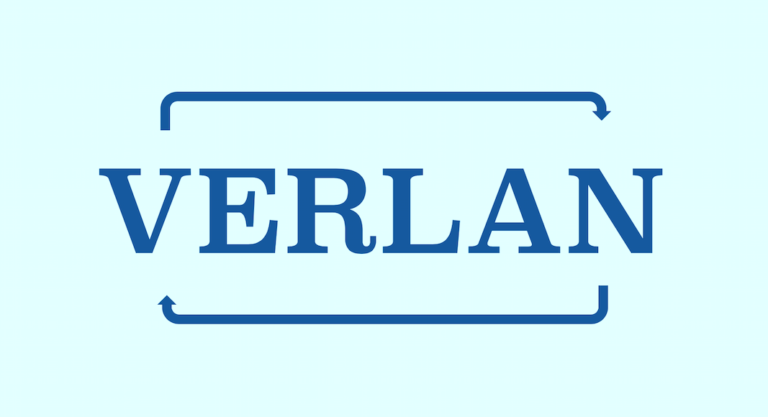What if the benefits of bilingualism went beyond the obvious benefits? Ease of communication with the world is of course a positive of bilingualism, but what if there were something more? In recent years, many scientific studies have focused on the mysteries of the bilingual (or multilingual) brain, to find out if bilingualism created cognitive advantages, for example, because of a kind of highly-trained brain.
The talk “The Benefits of a Bilingual Brain,” given at the fifth Bilingual Education Fair of New York on November 3, by Dr. Ana Ines Ansaldo, one of the subject’s leadings experts, invites you on a fascinating journey into the bilingual brain. Dr. Ansaldo is a researcher at and director of the Laboratory of Brain Plasticity, Communication and Aging at the Université de Montréal.
Dr. Ansaldo’s interest in multilingualism could be connected to the number of languages she speaks: five. This Argentinian woman, who emigrated to Canada, has devoted a large part of her career to studying the effects of bilingualism on the brain. Recently, using sophisticated imaging techniques on elderly subjects, she discovered, for example, that the brains of a bilingual and a monolingual person are activated in very different ways to perform certain tasks (for example, identifying a color while ignoring “parasitic” additional information). “Monolinguals activate a very large network of different areas of the brain, while bilinguals mobilize a specific area for color processing,” explains Dr. Ansaldo.
There are still many scientific controversies about the real effects of bilingualism on the brain, but thanks to the work of researchers such as Dr. Ansaldo, there is a consensus that the bilingual brain is better suited to multi-tasking: bilinguals (or multilinguals) must constantly “inhibit” one of the languages to be able to use the one in which they want to express themselves at a given time.
Dr. Ansaldo will be interviewed by Fabrice Jaumont on November 3 at 12pm at the Bilingual Education Fair (register here).
The Bilingual Education Fair will be held from 10am to 4pm on November 3 at Fordham University’s Lincoln Center campus. Buy your tickets at discounted rates here (required to be able to attend the conferences).
The conference’s program:
11am: “Fostering bilingualism at home,” a panel discussion
12pm: “The Benefits of a Bilingual Brain,” a fireside chant with Ana Ines Ansaldo, interviewed by Fabrice Jaumont.
2pm: “Launching an Italian Dual Language program in Manhattan”
More than 60 exhibitors will be there representing six languages. Schools, extracurricular activities, booksellers, publishers, and after school programs from the New York metropolitan area will be there to help you navigate the growing number of offers in bilingual education (list of exhibitors here).
The New York Bilingual Education Fair is supported by the Lycée Français de New York (lead sponsor), Canal + International, XL Airways, FASNY, The Ecole, le Lyceum Kennedy, Lunii, the Cultural Services of the French Embassy, the Délégation Générale du Québec and the French Department of Fordham University.






